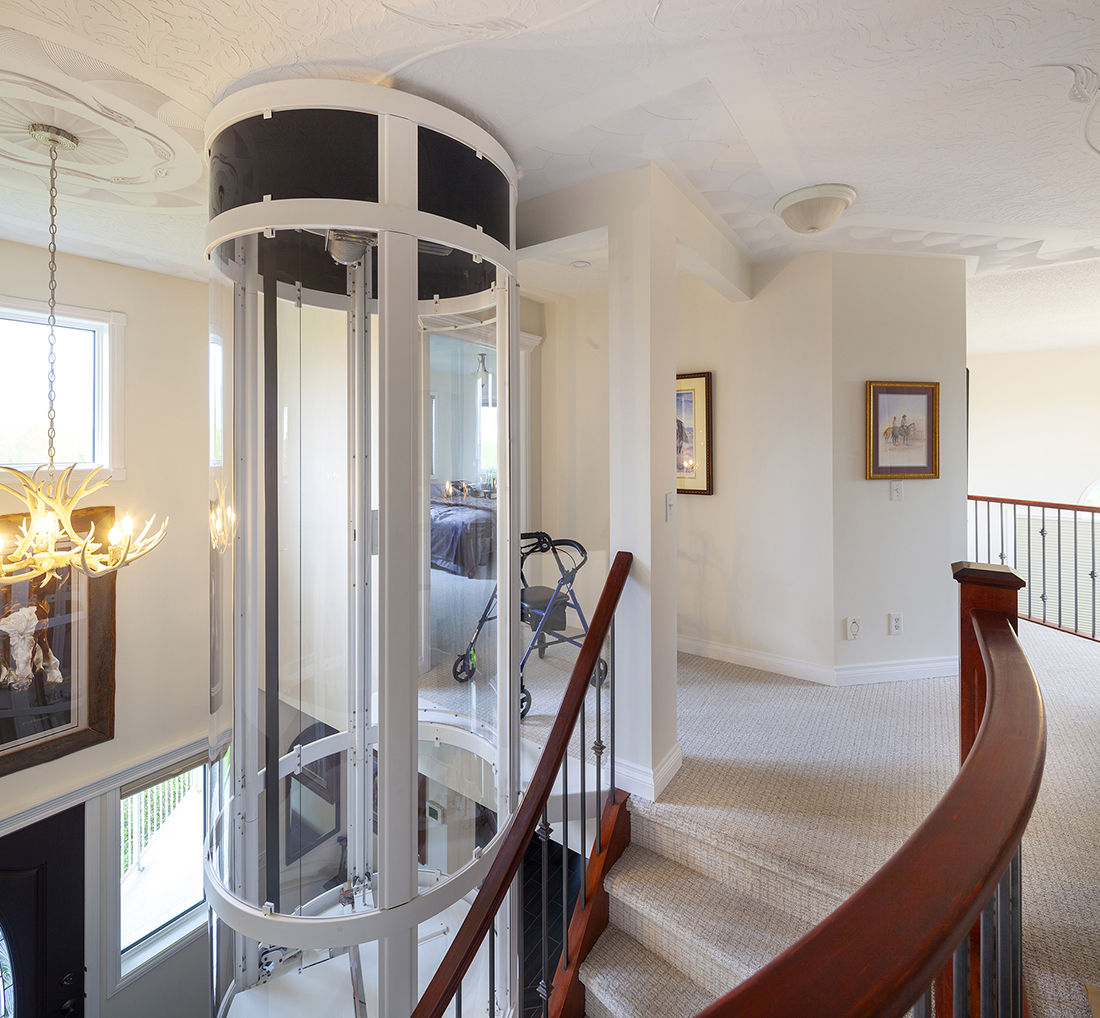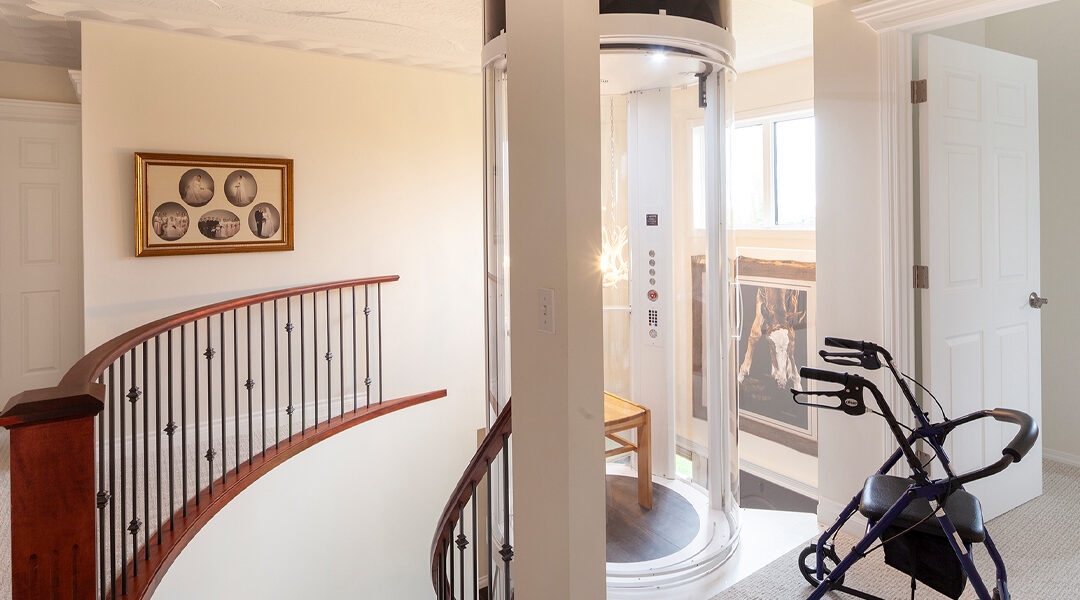Picture this: Someone you love recently underwent a surgery, and is about to return home to focus on their recovery. The only problem? The very place that should offer comfort and safety suddenly feels like a minefield of barriers and potential accidents. Stairs become mountains. Doorways feel too tight. Even getting to the washroom requires strategy and strength. This isn’t just inconvenient — it’s overwhelming.
Fortunately, this is where occupational therapists (OTs) and home renovation specialists come in: two different experts with a shared goal of helping people live fully and independently in their own homes, no matter what life throws their way. This work has perhaps never been more important; as more of the population ages, the need for more accessible spaces only grows. But you might be wondering, how does OT home modification collaboration actually work and why does it make such a powerful impact on patient outcomes?
The Importance of OT-Guided Home Renovations
Every home is different, and so is every client’s journey. An OTs job isn’t just to tick boxes – they work closely with their patients to identify their habits, strengths, and hopes. Are mornings a struggle? Is the bathroom the scariest room in the house?
Why Occupational Therapists Are Essential in Home Design
The OT’s job is to identify potential problems and find proactive solutions. For example, an OT will assess how someone moves, cooks, bathes – even puts on socks – and armed with that analysis, they can spot hidden hazards and recommend changes that make independence possible.
A typical renovation might leave you with gorgeous new floors or trendy light fixtures, but if the work isn’t tailored to your physical needs, those changes can (and will) fall short. OT-guided home renovations ensure function and long term independence come first.
The Role of Home Renovation Specialists in Accessibility
Renovation specialists are the “how-to” heroes. They take the OT’s insights and bring it to life. But here’s the secret: the best accessibility renovations never advertise themselves. With the combined expertise of OTs and skilled contractors, no one walks in and thinks “medical” — just “wow.” This strategic partnership ensures that:
- The bones of the home are strong and safe
- Changes align to local building standards
- Style isn’t sacrificed for safety (AKA your home still feels like home)
How OTs and Home Renovators Collaborate for Accessibility
Step 1 – The OT’s Home Assessment
It all starts with a walk-through. Maybe it’s a cozy bungalow in Calgary’s southwest, or a two-story on the prairie. Regardless of the location, an OT’s visit (or virtual tour) of your space will glean answers to the following questions:
- How do you use your space now?
- Where might you get stuck — tomorrow, next year, or in five years?
- What are your goals? Hosting family dinner? Gardening next spring?
This information serves as the foundation for the OTs accessible renovation recommendations.
Step 2 – Turning Recommendations into Plans
Next comes the brainstorming. The OT translates needs into clear, actionable suggestions. For example:
- Widening doorways for a walker or wheelchair
- Level thresholds (no more tripping or getting stuck)
- Grab bars that blend right in to your home’s decor
- Showers you can roll right into, with stylish tile and clever fixtures
Here, the contractor’s creativity makes the magic happen. Wondering if you can have a barrier-free shower that’s also spa-worthy? The answer is yes. The key: collaborating with skilled home renovators for accessibility, where no detail is overlooked.
Step 3 – Contractor Review and Feasibility
Some ideas are easy wins; others might require some compromise. Armed with the OT’s recommendations, the contractor will get to work:
- Checking that modifications fit local codes (especially important in Alberta)
- Sourcing materials that are safe, durable, and attractive
- Suggesting tweaks to keep your vision (and budget) intact
Above all, the focus stays on making changes as seamless as possible.
Step 4 – Communication: The Collaboration Continues
OTs and contractors collaborate extensively throughout the renovation process – texting, calling, swapping floor plans, and sometimes meeting on-site. Small details matter, and open lines of communication ensure you don’t end up with a pretty home that’s impossible to live in.
Step 5 – Life After Renovation: Training & Real-World Trial
Once the hard work has been completed and the dust settles, it’s showtime! The OT comes back for a walkthrough to ensure the end results align with their plans for the space. Are the grab bars the right height? Do the doors swing wide enough? Can you shower, cook, or get upstairs on your own? If the answer to any of these questions is no, the OT and contractor will work together to remedy the issue and fine-tune the details. OTs also train clients and caregivers to navigate their new and improved environment without a hitch — turning new features from “what’s that?” into “can’t live without it.”
Case Study: When Collaboration Changes a Life
Meet Gordon and Rosemary, an older couple living on an acreage outside Calgary. As Gordon’s mobility changed, their daughter Laura, living in Toronto, set out to find them a perfect Alberta home. The only problem? The house they loved was two stories and decidedly not accessible for her parents’ anticipated mobility barriers.
The OT Steps In:
An initial assessment was delayed when Gordon landed in hospital, and when he finally came home, he felt stuck — his house simply didn’t work for his new needs. The OT met him at his temporary place, did a deep dive into their daily routines and planned life activities within the home, including community support, healthcare needs etc.. Using this information, the OT mapped out a list of must-haves for their new home:
- A wheelchair-friendly bathroom
- All fixtures and switches set at just the right height
- Recommendations blending long-term thinking with immediate needs
The Contractor’s Role:
With blueprints, photos, and constant updates from Laura and Rosemary, the renovation team rolled up their sleeves and got to work. Together, they chose to add a home elevator that would address today’s problems and provide long-term peace. Not every suggestion made the cut, but that was okay; the process was about making informed, supported choices that ensured the project was as beautiful as it was functional for everyone’s current and future needs.
The Result?
Gordon now moves easily between floors, the bathroom looks luxe (not clinical), and the risk of incidents is mitigated. The best part? Gordon and Rosemary are set up to enjoy their forever home — with familiar comforts, easy access, and plenty of support from their community.

Click here to view the full renovation gallery.
FAQs
Why should OTs be part of home renovations?
They ensure adaptations work for real-life — meaning greater safety, independence, and peace of mind.
How can OTs and contractors keep renovations on track?
Through honest, frequent communication. Sharing plans, site visits, and putting the patient’s needs first.
Are OT-guided renovations expensive?
They can be budget-friendly! Focusing on what truly matters (instead of bells and whistles you don’t need) often saves money and trouble.
What certifications matter for contractors?
Look for credentials like CAPS (Certified Aging-in-Place Specialist)—a sign your contractor has expertise in accessible renovations.
Why do collaborative OT home modifications matter?
Because they don’t just change houses—they transform lives through dignity, empowerment, and real-world independence.
Where do I find more info?
Try the Canadian Association of Occupational Therapists, your provincial OT group, or local accessible design guides.
How Rehab Therapists Contribute to Home Modifications
Curious how other health experts support accessible home design? Check out our post on How Rehabilitation Therapists Recommend Home Modifications for Better Recovery. It provides a different – but equally important – angle.
Ready to Make Your Home Work for You?
Whether you’re an OT, a contractor, or a family planning the next chapter of your (or a loved one’s) life, the right team makes all the difference. Contact My Lifetime Home in Calgary to start your journey towards a safe, accessible, and beautiful forever home. Let’s build for your future — together.



